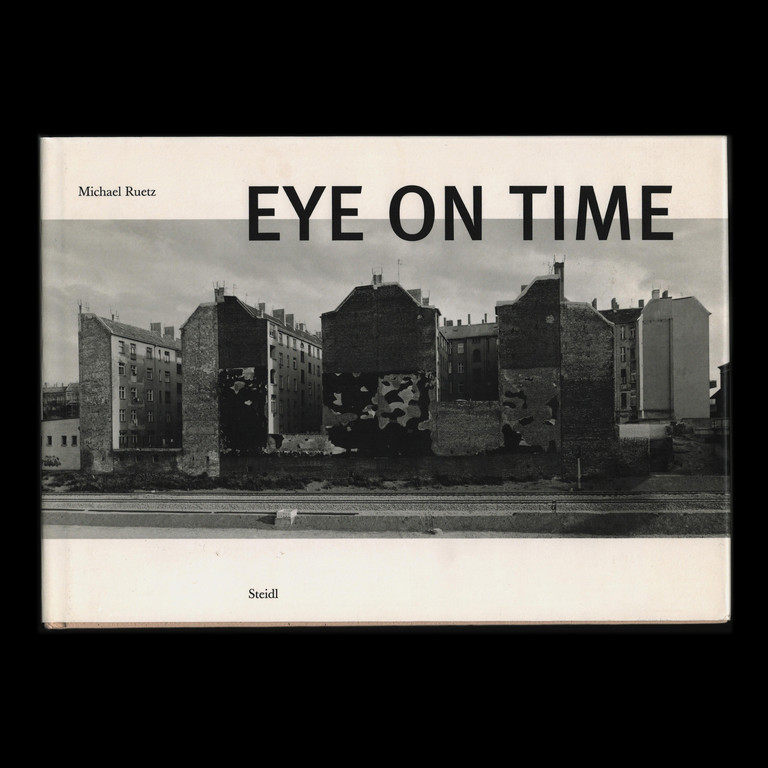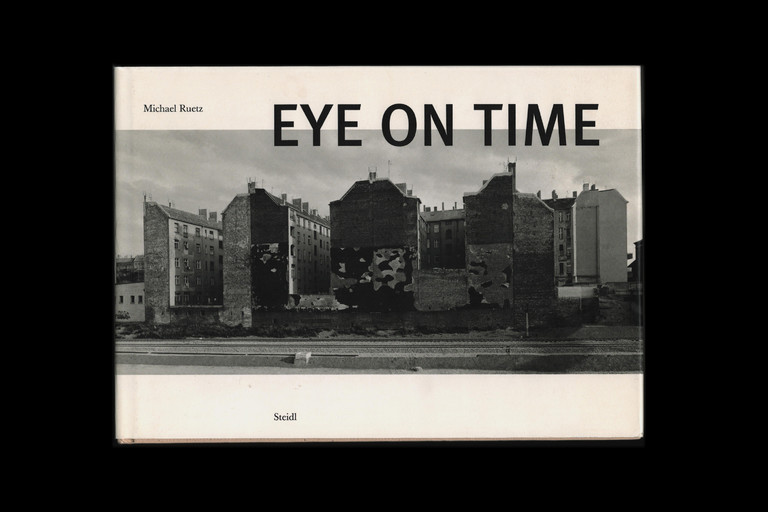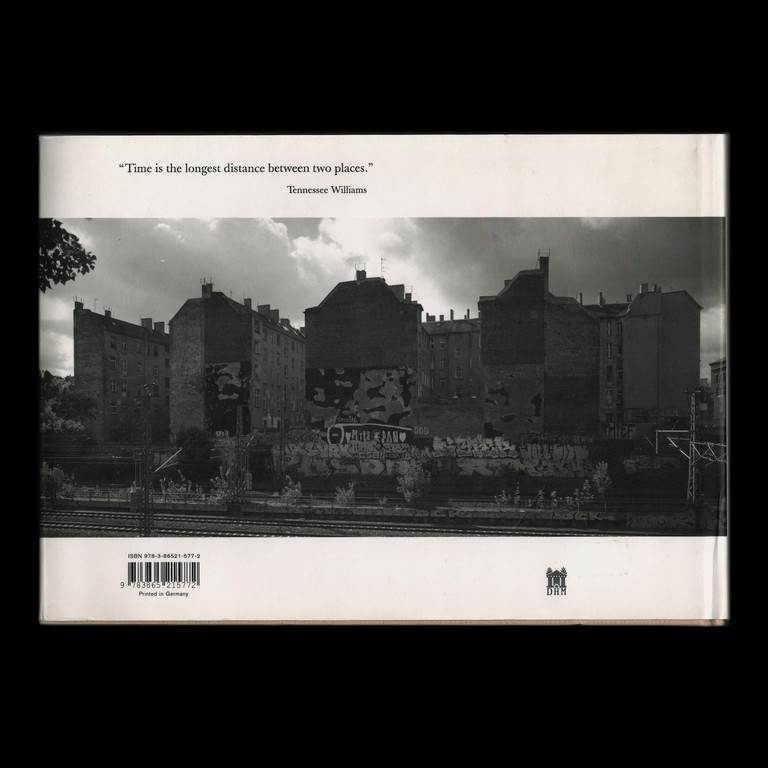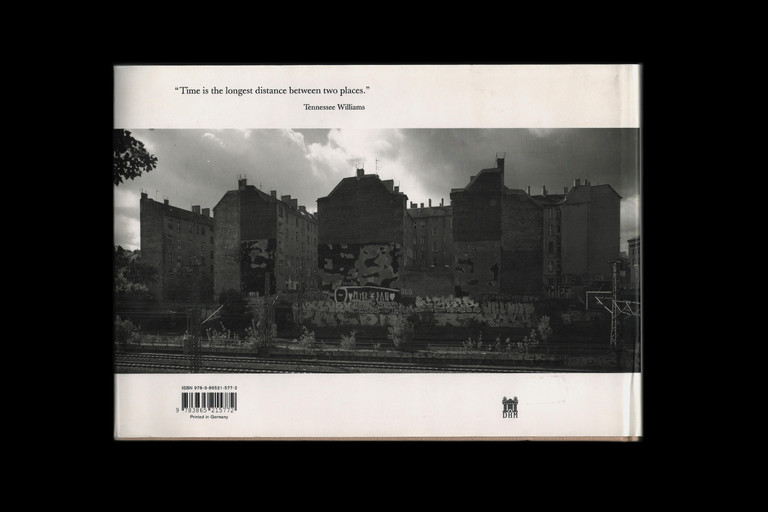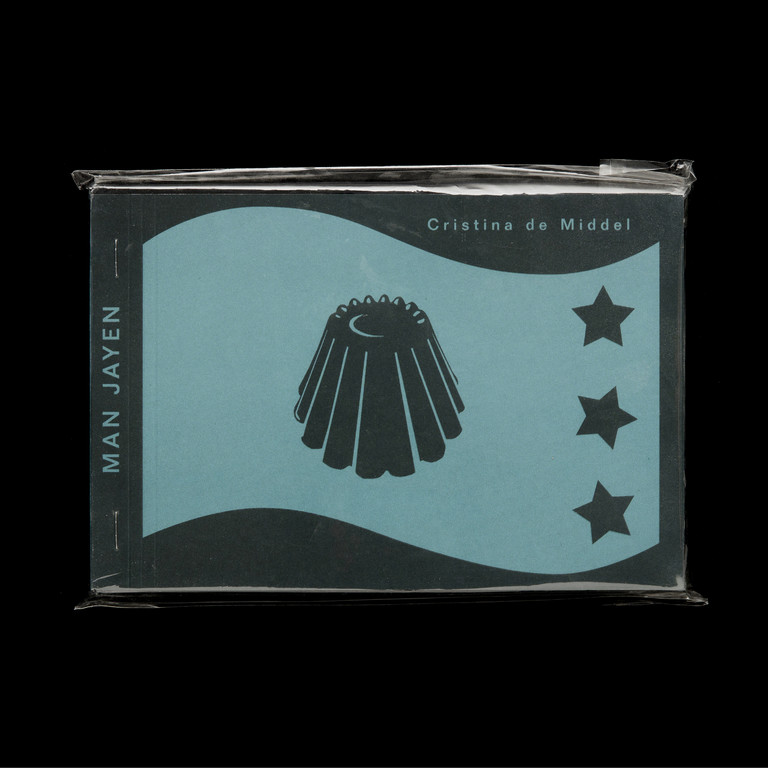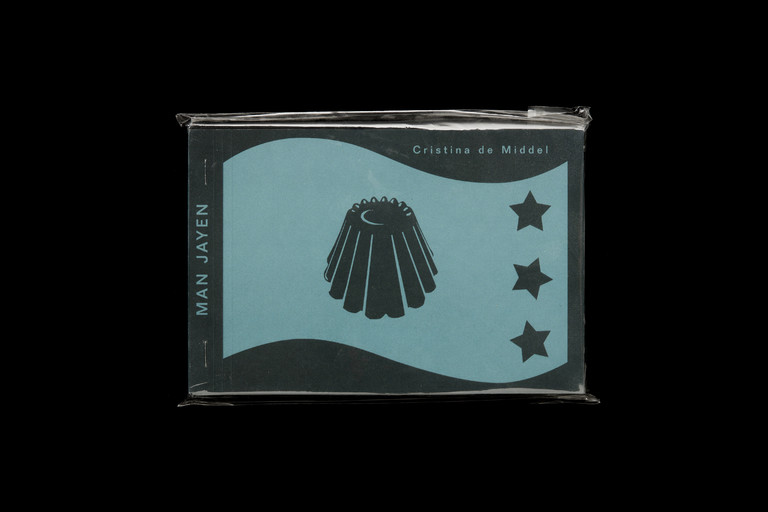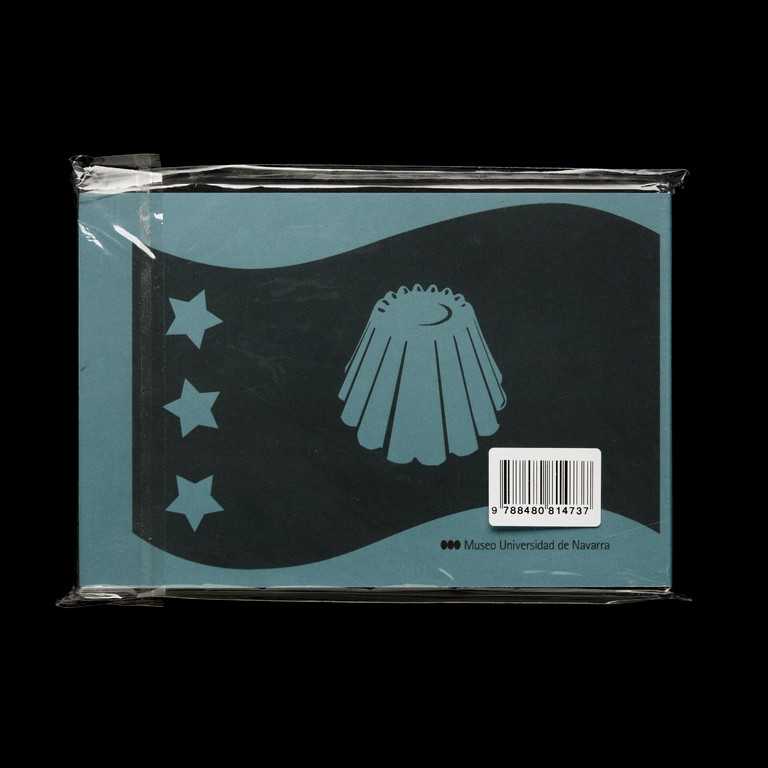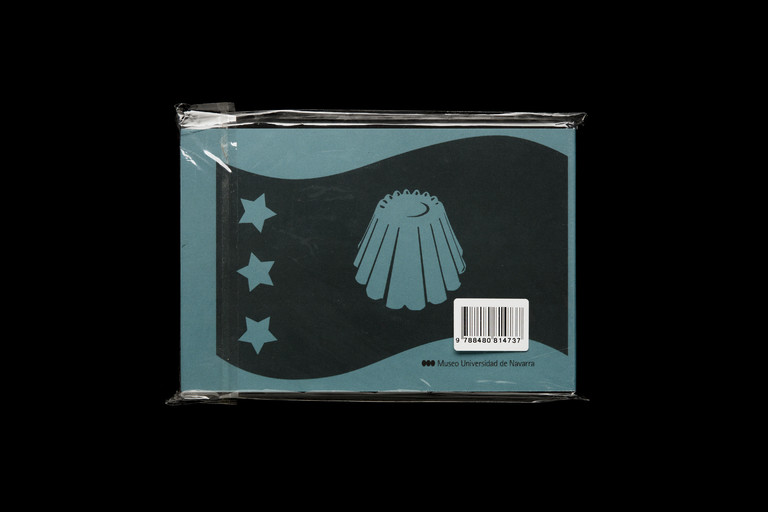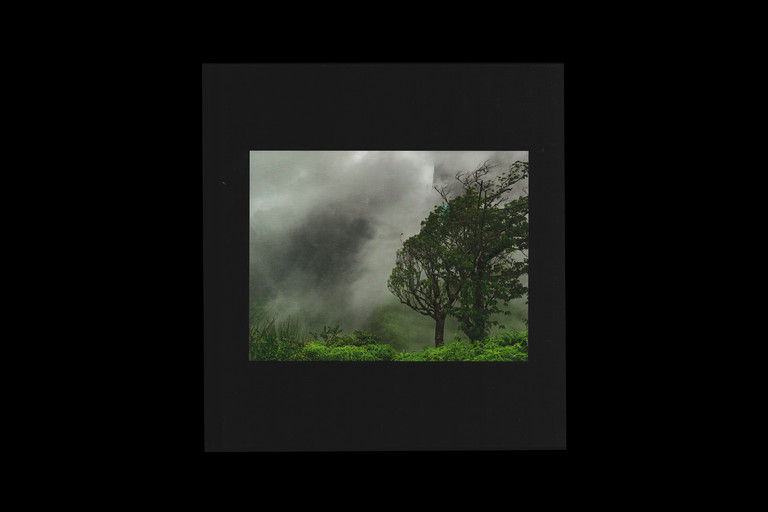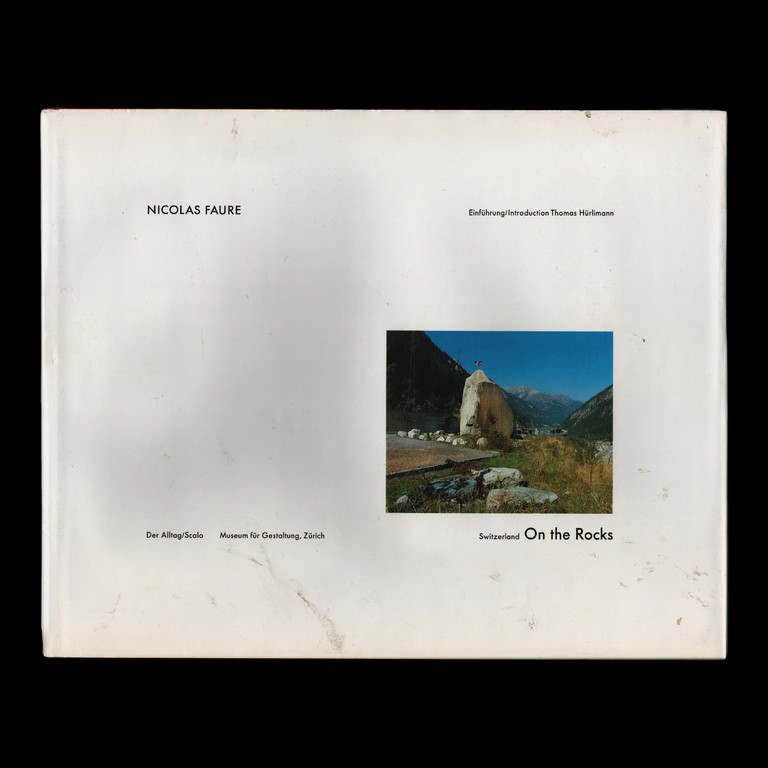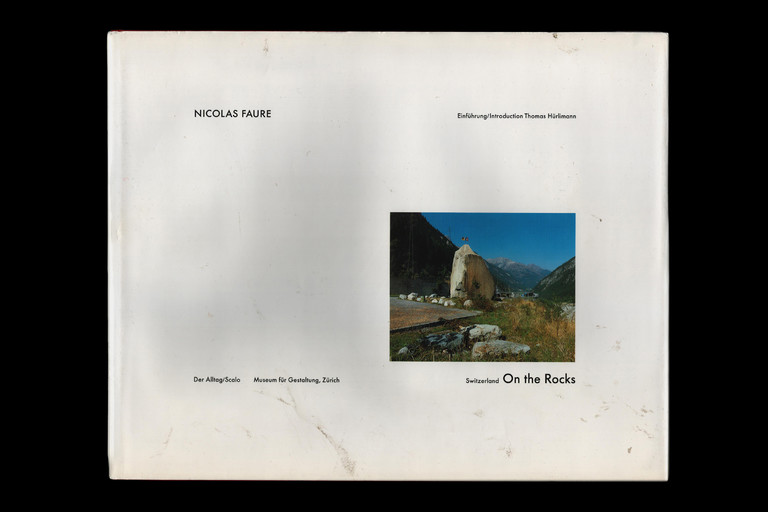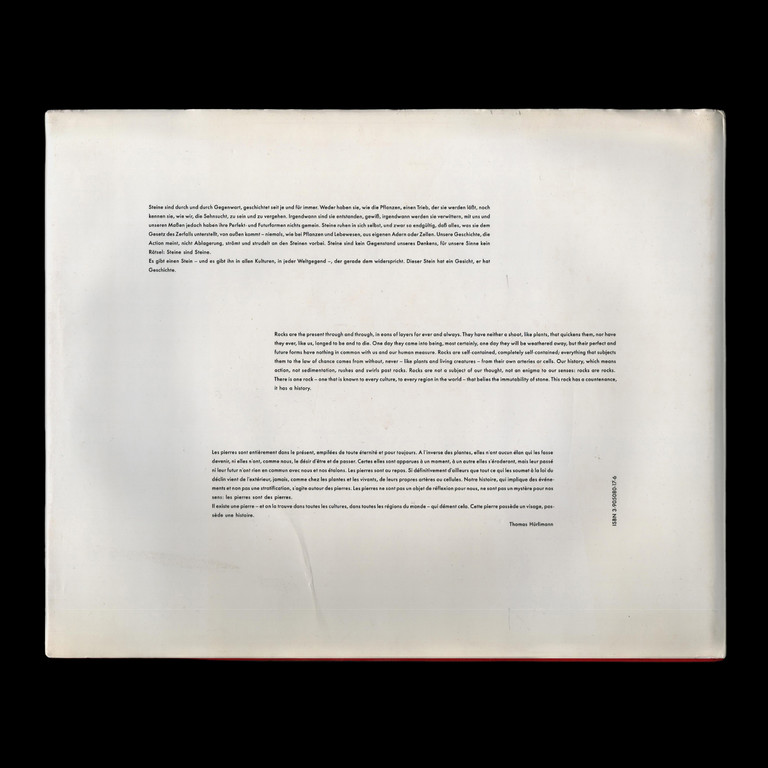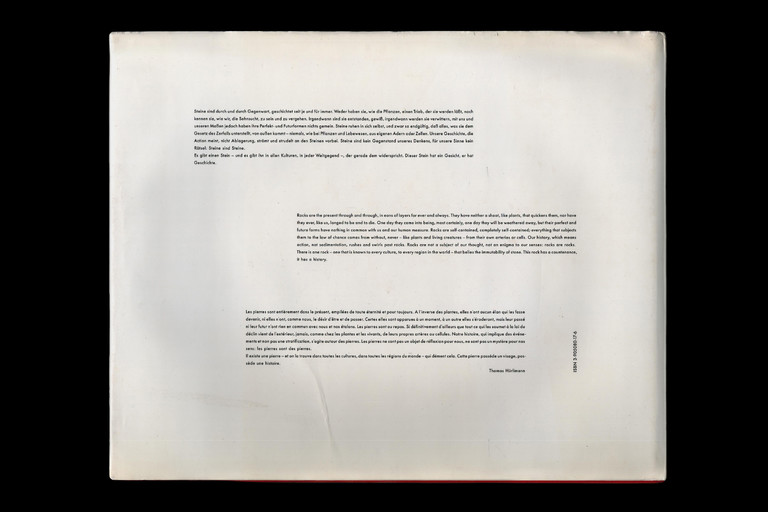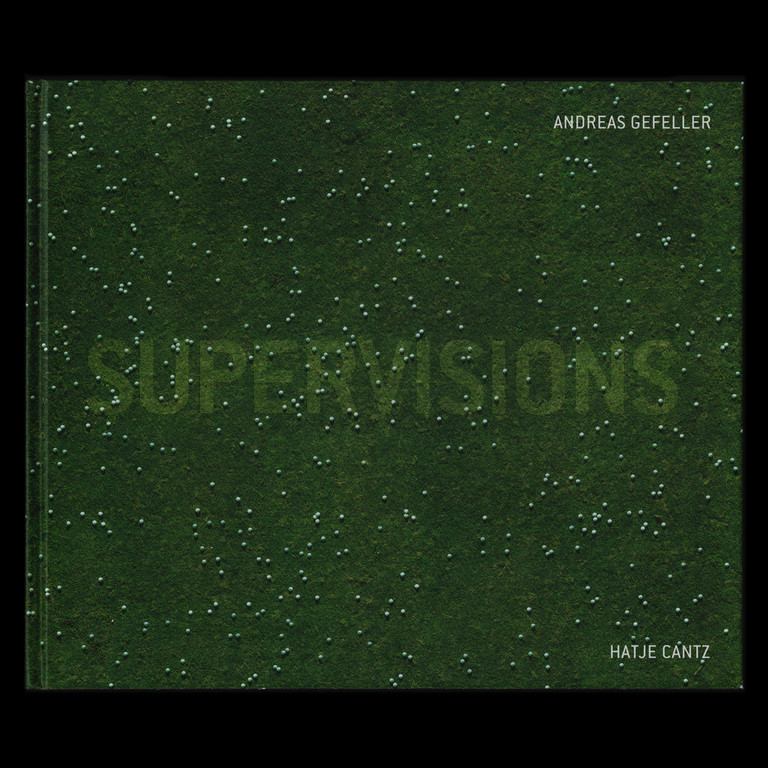
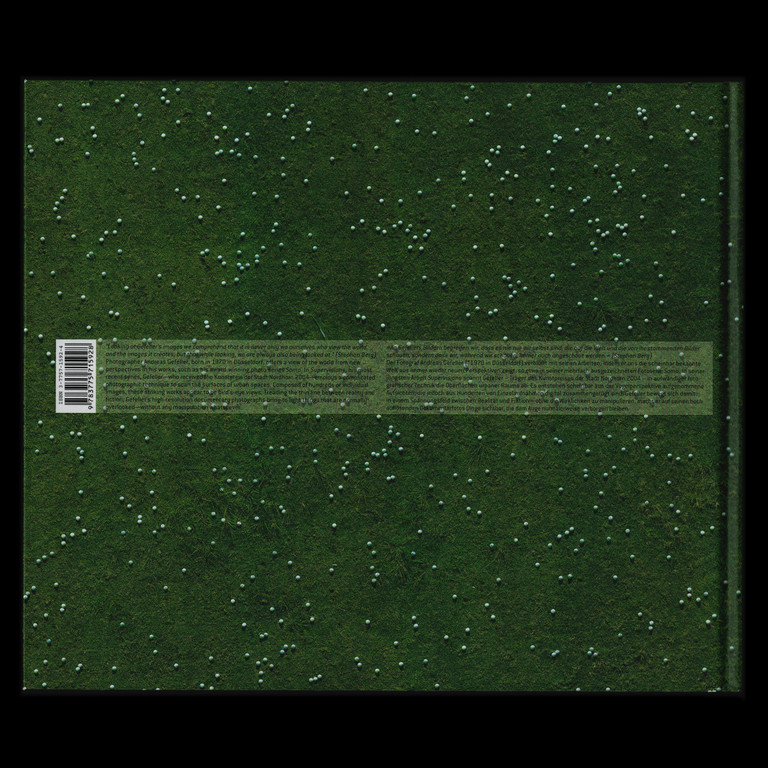
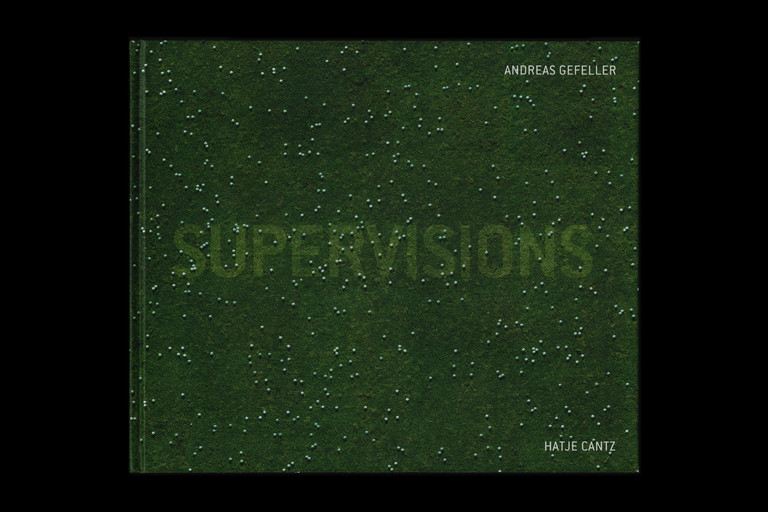
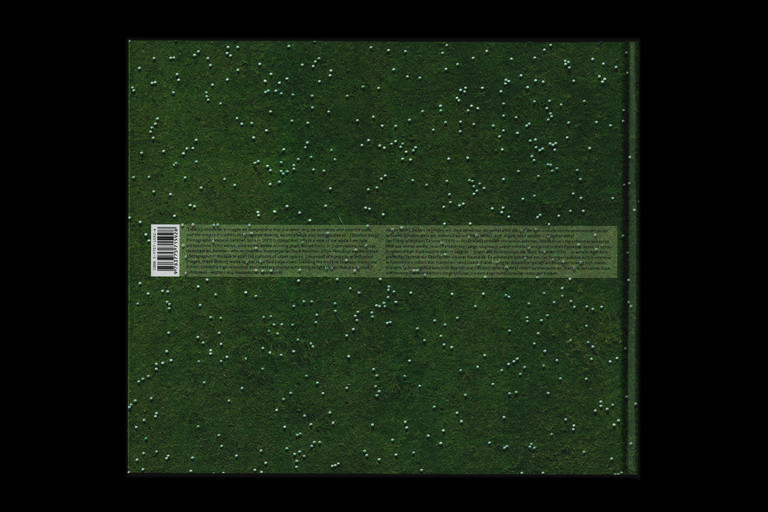
Condition report
Fine condition
Photographer Andreas Gefeller sees the world through a strange lens, offering the viewer pictures that at first glance seem composed of abstract, color-saturated elements and only later resolve into something completely familiar–chairs on a beach, lines on pavement, grass on an urban plaza–but yet not. In Soma, the series that first brought him to attention, Gefeller documented major tourist centers using extremely long night exposures, thereby producing effects that underscore the artificiality of the locales. Bereft of people and sunlight, of any life at all really, the depicted beachfront hotels and pools take on a strangely threatening character. In Supervisions, his most recent series, Gefeller employs a complicated photographic technique to scan the surfaces of urban spaces, creating extraordinary images more akin to hard-edge abstract paintings than landscape photography. Composites of hundreds of individual shots, these puzzling, striking works appear as bird’s eye views or observations shot from fantasy angles. A testament to Gefeller’s interest in the twilight zone that becomes ever denser between reality and fiction, Supervisions reveals itself to the viewer in stages, offering up elements that appear first as abstractions, then as familiar elements of our environment, and finally as impossible visions of the world that surrounds us.
biography
Andreas Gefeller (b. 1970) is a German photographer. Using the camera as a tool of both truth and deception, Andreas Gefeller produces photographs of urban and manmade spaces that challenge the boundaries of everyday perception. His series have grown increasingly abstract. Among his earliest and most straightforward is “Halbwertszeiten (Half-life)” (1996), for which he traveled throughout the Ukraine, documenting people and places a decade after Chernobyl. By 2000, he was bringing a surreal quality to his images by shooting from exaggerated bird’s- and worm’s-eye perspectives. For his “Supervisions” series (2002-2013), he transformed himself into what he calls a “scanner,” walking inch-by-inch across places like parking lots and golf courses, amassing hundreds of high-resolution photographs of the ground. Gefeller then stitched these images together into a single, large-scale composite, providing a view of the ground beneath his feet so intensely detailed that it appears abstract.
